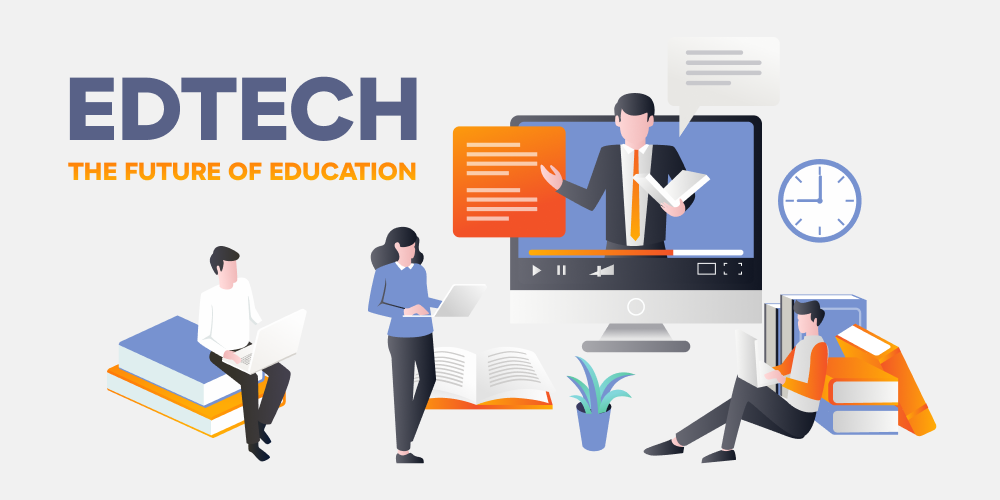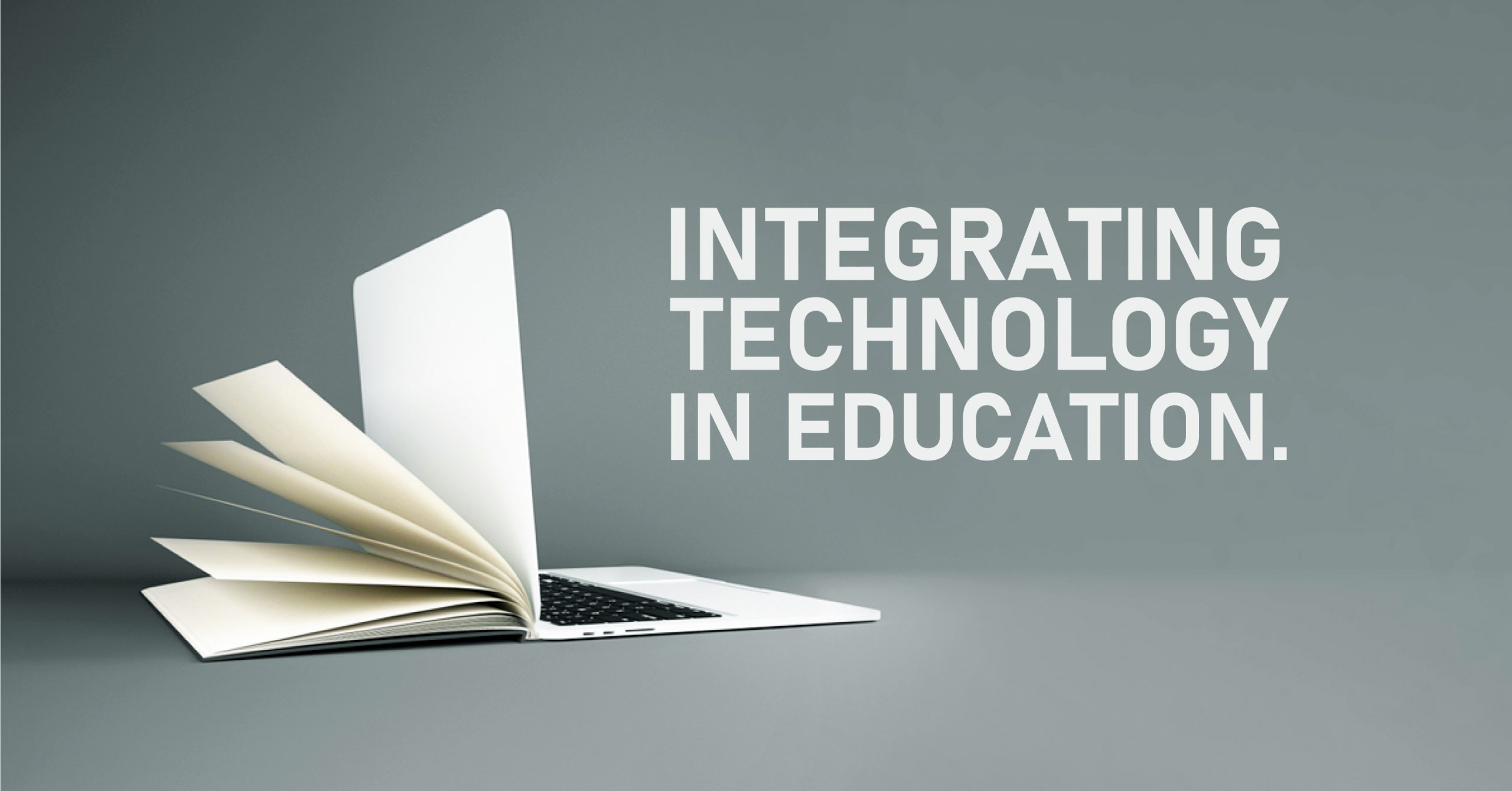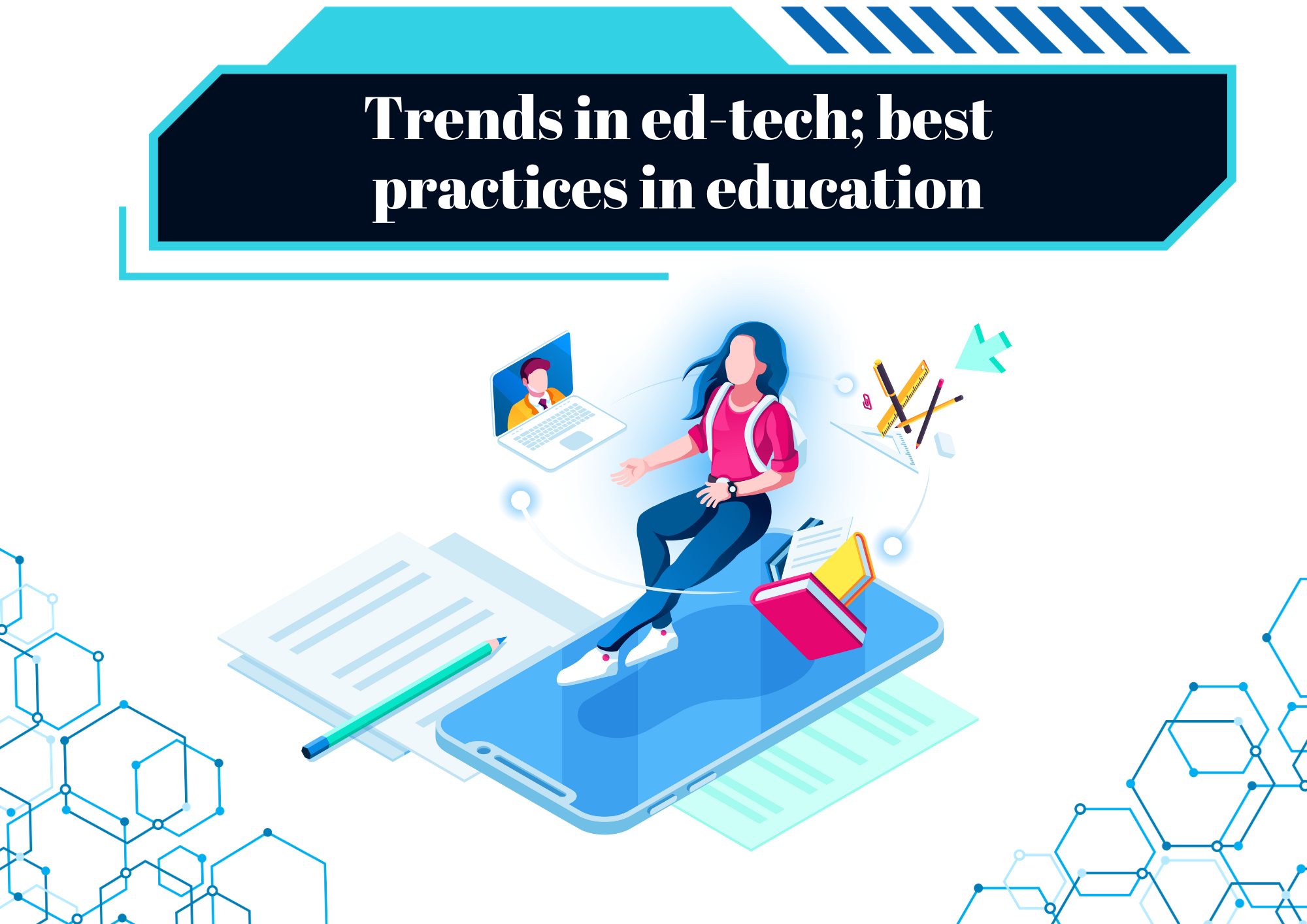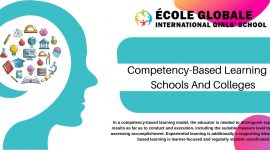Education technology, commonly known as ed-tech, has become a transformative force in the field of education, redefining traditional teaching methods and providing new avenues for learning. As we navigate the 21st century, the integration of technology in education has become more imperative than ever.
Current EdTech Trends

Artificial Intelligence (AI) and Machine Learning (ML):
Artificial Intelligence and Machine Learning are revolutionizing education by providing personalized learning experiences. AI algorithms can analyze student performance data to tailor educational content according to individual needs.
Machine Learning applications enable adaptive learning platforms, adjusting difficulty levels based on a student’s progress, promoting a more personalized and effective learning journey.
Virtual and Augmented Reality (VR/AR):
Virtual and Augmented Reality technologies are creating immersive educational experiences. VR allows students to explore virtual worlds, enhancing understanding in subjects like history or science. AR overlays digital information onto the real world, offering interactive learning experiences. Both VR and AR provide a multisensory approach, making complex concepts more tangible and engaging.
Gamification and Interactive Learning Platforms:
Gamification incorporates game elements into educational activities to increase engagement and motivation. Interactive learning platforms leverage gamified elements to make the learning process enjoyable. These EdTech Trends taps into the inherent human desire for competition and achievement, making education more enjoyable and effective.
Adaptive Learning Technologies:
Adaptive learning technologies adjust the pace and difficulty of content based on a student’s individual progress. By continuously assessing performance and understanding learning patterns, these technologies offer customized learning paths, catering to diverse learning styles and abilities.
Mobile Learning and Apps:
The ubiquity of smartphones has paved the way for mobile learning. Educational apps provide on-the-go access to learning materials, promoting flexibility and accessibility. Mobile learning is particularly beneficial for informal learning environments, offering educational opportunities outside the traditional classroom setting.
Impact of Ed-Tech on Education

Improved Accessibility:
The integration of EdTech Trends has significantly improved access to education. Online courses and distance learning options have expanded educational opportunities, especially for those in remote or underserved areas. EdTech Trends plays a crucial role in bridging the digital divide, ensuring that all students have access to quality educational resources.
Personalized Learning:
Ed-tech facilitates personalized learning experiences, catering to the individual needs and preferences of each student. Adaptive learning platforms, in particular, dynamically adjust content to match a student’s proficiency, promoting a more efficient and tailored learning journey. Customized learning paths empower students to progress at their own pace.
Enhanced Engagement:
Traditional teaching methods can sometimes struggle to capture students’ attention. Ed-tech addresses this challenge by introducing interactive elements, gamification, and multimedia content. These tools enhance engagement by making the learning process more enjoyable and interactive, fostering a positive attitude toward education.
Data-Driven Decision Making:
The use of data analytics in EdTech Trends enables educators to make informed decisions. Analyzing student performance data provides insights into learning trends, allowing educators to identify areas that need attention. Predictive modeling helps in anticipating challenges and tailoring interventions to enhance educational outcomes.
Challenges and Considerations

Digital Equity and Inclusion:
Despite the advancements in EdTech Trends, ensuring digital equity remains a challenge. Disparities in access to technology and the internet can create educational inequalities. Addressing these issues requires strategic initiatives to provide all students with the necessary tools and connectivity for effective online learning.
Privacy and Security Concerns:
The increased reliance on technology in education raises concerns about the privacy and security of student data. Educational institutions must implement robust measures to protect sensitive information and comply with privacy regulations. Striking a balance between technological innovation and data security is crucial for building trust in ed-tech.
Training and Professional Development:
Educators play a pivotal role in the successful integration of ed-tech. Providing comprehensive training programs and ongoing professional development opportunities ensures that teachers are proficient in utilizing these technologies. Investing in educators’ digital literacy is essential for maximizing the potential of ed-tech in the classroom.
This section acknowledges the challenges associated with ed-tech implementation, emphasizing the importance of addressing digital equity, privacy, security concerns, and ensuring educators are adequately prepared for the digital shift.
Best Practices in Integrating Ed-Tech into Education

Strategic Planning:
Successful integration of EdTech Trends requires a strategic approach. Educational institutions should align technology initiatives with their overarching goals and curriculum. Developing a comprehensive ed-tech plan ensures that technology complements the educational objectives, creating a cohesive and effective learning environment.
Professional Development for Educators:
Educators are at the forefront of ed-tech implementation. Providing robust training programs and ongoing professional development opportunities ensures that teachers are proficient in leveraging technology to enhance the learning experience. Support systems for continuous learning empower educators to stay abreast of the latest advancements in ed-tech.
Student-Centric Approach:
Designing ed-tech solutions with the learner in mind is crucial. A student-centric approach involves understanding the unique needs, preferences, and learning styles of students. Ed-tech tools should be intuitive, user-friendly, and aligned with the curriculum to maximize their impact on student engagement and learning outcomes.
Continuous Evaluation and Improvement:
Regular evaluation of the impact of ed-tech on learning outcomes is essential for continuous improvement. Monitoring student performance data, collecting feedback from educators and students, and assessing the effectiveness of technology initiatives allow educational institutions to refine their ed-tech strategies and make data-driven adjustments.
Future Outlook

Emerging Trends in Ed-Tech:
The rapidly evolving nature of technology ensures that new trends will continue to emerge in ed-tech. This subsection explores potential future trends, such as advancements in AI and ML, the integration of immersive technologies, and innovative approaches to online and blended learning.
Anticipated Developments and Innovations:
The future of EdTech Trends holds exciting possibilities. Anticipated developments may include breakthroughs in educational AI, the widespread adoption of virtual classrooms, and the integration of emerging technologies that have yet to be fully realized.
Implications for the Future of Education:
EdTech Trends continued evolution has profound implications for the future of education. These technological advancements may influence traditional educational models, reshape teaching methodologies, and contribute to the development of lifelong learning ecosystems.
Conclusion
In conclusion, the integration of ed-tech into education represents a transformative shift that holds immense potential for improving learning outcomes and enhancing the educational experience. From current trends to best practices and future outlook, this comprehensive exploration highlights the multifaceted impact of ed-tech on education.
Embracing these innovations and addressing associated challenges will be key to creating a dynamic and inclusive educational environment that prepares students for the challenges of the digital age. As educational institutions continue to navigate this evolving landscape, the integration of ed-tech stands as a cornerstone for fostering a more adaptive, personalized, and effective learning experience.









